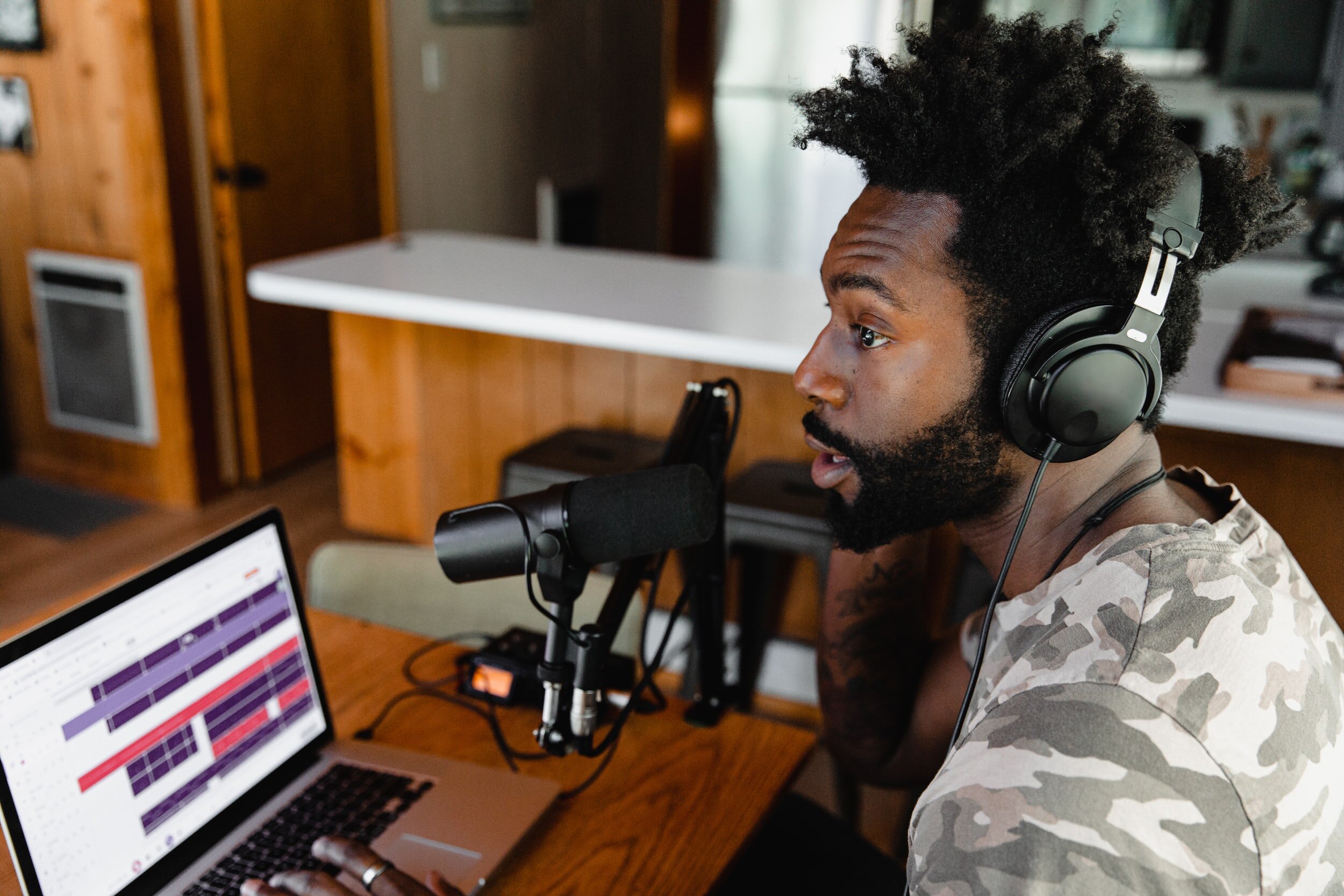Recording Effects
During the recording process, there are various different effects that come into play to help enable your creativity. These effects include Autotune, Reverb, and Delay. We use Universal Audio’s console plugins to allow you to live-monitor the effect it has on your vocal, without printing, or recording it to the signal. It is only for the headphone mix. This allows us to fine-tune the settings later and doesn’t set anything in stone.
First is autotune. Monitoring autotune is beneficial because it can impact how you deliver the song, and can help to create melody ideas you wouldn’t typically be able to. If you are unfamiliar with the autotune sound, think Travis Scott, T-Pain, or the Migos.
Next is reverb. Reverb is the sense of space, or “room sound“ that you’ll hear in the headphones. It can commonly be mistaken for “echo”, although echo is its own effect. Reverb is the emulation of space, measured by the time it takes for a sound to decay. In our vocal booth, we’ve meticulously placed acoustic paneling to mitigate as much reverb as possible, which allows us the flexibility to virtually place the vocalist in a jazz club, an amphitheater, a cathedral, or whatever space best suits the song.
Finally there is delay. Delay is much more similar to echo than reverb is. When you say something, you’ll hear the phrase repeated back as if you were yelling from the top of a mountain. Delay helps to fill empty space in a song, and add flavor to things like adlibs, doubles, etc.
A good way to practice with autotune on your own is through the app “Take Creative Vocal Recorder” (not sponsored). With this app you can build out demos and practice the utilization of autotune.

